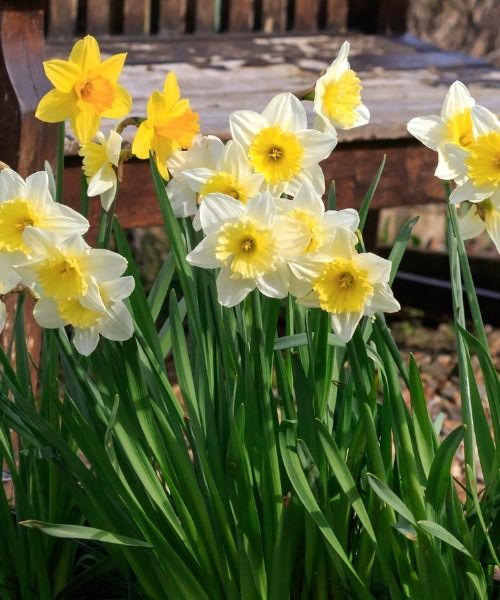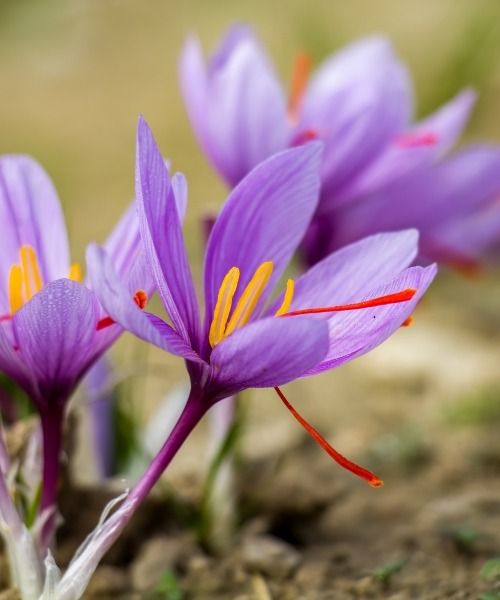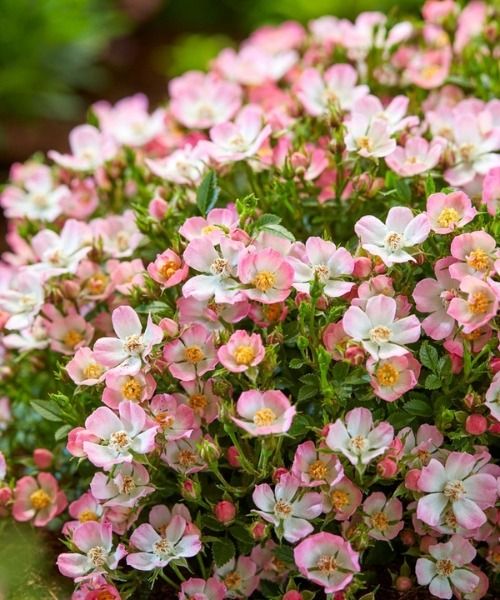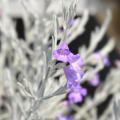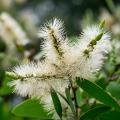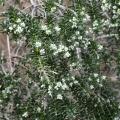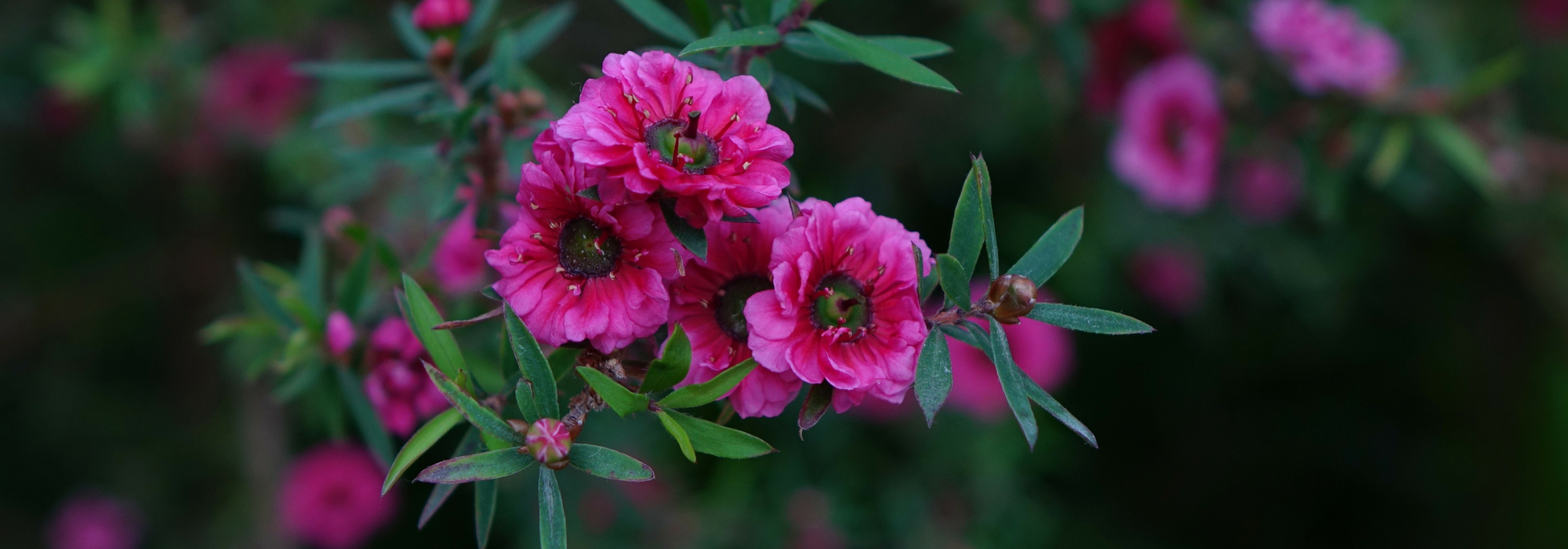Leptospermum, all our special offers
Would this plant suit my garden? Set up your Plantfit profile →
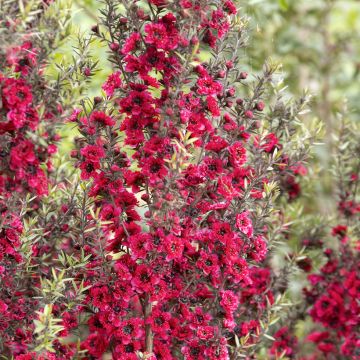
Available in 1 sizes
Leptospermum, sometimes called New Zealand Myrtles or locally Manuka are evergreen bushes of the Myrtle family, mostly native to Australia and to a lesser extent New Zealand contrary to what their name suggests. They get their common name Tea-tree from Captain Cook and his crew who used to infuse the leaves of Leptospermum scoparium among others, as a prevention against scurvy. They are upright and bushy shrubs with small often aromatic foliage, offering a long flowering period which can stretch from March to July depending on the varieties. Horticulture has mainly focused on Leptospermum scoparium, which is quite accommodating in terms of soil and hardy enough to thrive in open ground in our regions with mild winters. Many cultivars exist, offering highly coloured very long flowers, in pink, red, white or even salmon. Among the best, Leptospermum 'Martini', spectacular and flowering from April to June, 'Red Damask', with bright pink double flowers or the White Leptospermum, a vigorous bush with simple white flowers. In their country of origin, Leptospermum are used in large hedges or as a backdrop. Here, these floriferous and undemanding bushes are highly prized in gardens with mild climates, often constituting one of the main features, if not of a small garden, then of a shrub bed. Gardeners in more continental climates will have no difficulty growing them in large pots on the terrace, to be stored away in winter.
Haven't found what you were looking for?




































